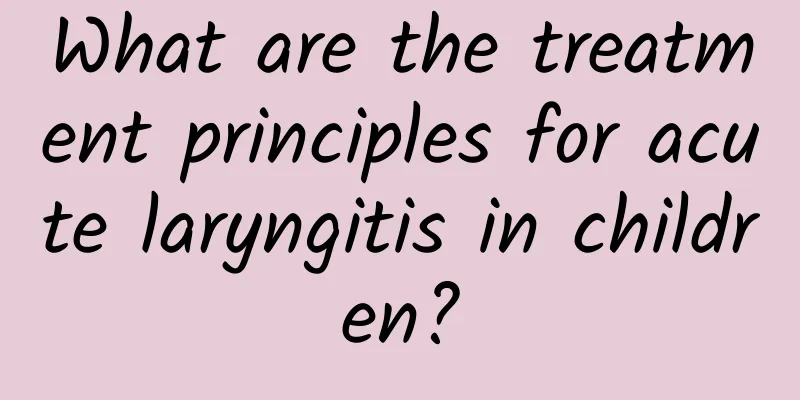What causes patent ductus arteriosus in infants?

|
Patent ductus arteriosus in infants is caused by the failure of the ductus arteriosus to close normally during the fetal period, which may be related to genetic, environmental, physiological factors and pathological changes. Treatment methods include drug therapy, interventional therapy and surgical treatment. 1. Genetic factors Patent ductus arteriosus in some infants is genetically related, and infants with a family history of congenital heart disease have a higher risk of the disease. Gene mutations or chromosomal abnormalities may cause abnormal development of the ductus arteriosus, preventing it from closing normally after birth. 2. Environmental factors Maternal exposure to harmful substances such as smoking, drinking, drug abuse or infection such as rubella virus during pregnancy may affect the normal development of the fetal ductus arteriosus. The incidence of patent ductus arteriosus is higher in premature infants due to their immature development. 3. Physiological factors The ductus arteriosus is an important channel connecting the pulmonary artery and the aorta during the fetal period. After birth, as the pulmonary circulation is established, the ductus arteriosus should gradually close. If the level of prostaglandins in the baby's body is abnormally high, it may delay or prevent the closure of the ductus. 4. Pathological factors Certain diseases such as pulmonary hypertension and congenital heart disease may affect the closure of the ductus arteriosus. Pathological conditions such as hypoxia and infection may also lead to patent ductus arteriosus. Treatment: 1. Drug treatment Use nonsteroidal anti-inflammatory drugs such as ibuprofen and indomethacin to inhibit prostaglandin synthesis and promote ductal closure. It is suitable for premature infants or infants with mild symptoms. 2. Interventional treatment The occluder is implanted through catheter technology to close the arterial duct, which is less invasive and has a quick recovery. It is suitable for most children, especially infants with obvious symptoms but no serious complications. 3. Surgical treatment For children who are ineffective with interventional treatment or whose catheters are too large, thoracotomy can be used to ligate or cut off the arterial ductus. The surgery is effective but more invasive, so it should be selected based on the specific situation of the child. Early diagnosis and treatment of patent ductus arteriosus in infants is crucial. Parents should pay attention to their infants' breathing, feeding, growth and development, and seek medical attention promptly if any abnormalities are found. With appropriate treatment, most children have a good prognosis and can resume normal life. |
<<: What are the symptoms of neonatal hepatic jaundice?
>>: Kawasaki disease symptoms in infants can be treated
Recommend
What to do if your child coughs badly while sleeping
Coughing is a common symptom in children. It may ...
The best treatment for hand, foot and mouth disease
Hand, foot and mouth disease is an acute febrile ...
What are the symptoms of indigestion in babies? Will indigestion in babies cause single eyelids to become double eyelids?
Children can bring great joy to a family. Usually...
Drugs for treating ADHD in children
Commonly used drugs for treating ADHD in children...
Can jaundice hepatitis heal on its own?
Most cases of icteric hepatitis cannot heal on th...
Treatment principles for acute laryngitis in children
The principle of treating acute laryngitis in chi...
Pneumonia examination items for children
Neonatal pneumonia is a common disease. Many chil...
How to prevent pneumonia in children? Can using air conditioning in summer cause pneumonia in children?
As the weather gets hotter, people have to hide i...
Can pneumonia in children heal itself?
Very few cases of pneumonia in children can heal ...
How to reduce the fever caused by hand, foot and mouth disease? What are the symptoms of hand, foot and mouth disease fever?
Hand, foot and mouth disease is a relatively comm...
What are the treatment principles for Kawasaki disease?
More and more diseases are appearing around us. I...
Can I get mumps again if I’ve had it once?
Can I get mumps again if I’ve had it once? 1. Gen...
What causes neonatal jaundice? What should I do?
What causes neonatal jaundice? What should I do? ...
Can people with hand, foot and mouth disease eat shrimp?
Patients with hand, foot and mouth disease can ge...
Causes of neonatal jaundice
The main causes of neonatal jaundice include phys...









